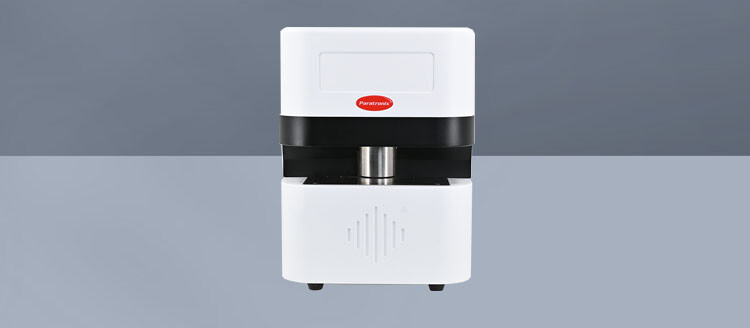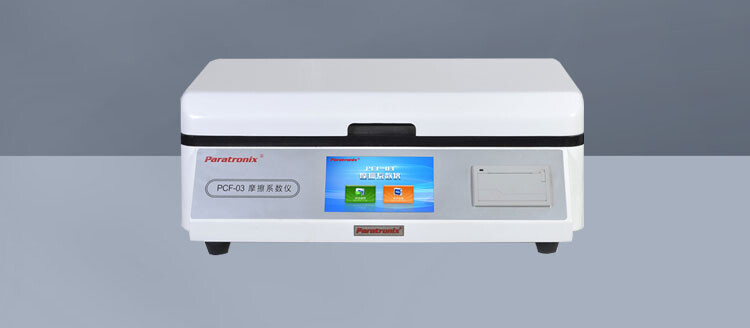Recent Posts
 Aluminum plastic composite cover opening force testing plan2025-10-28
Aluminum plastic composite cover opening force testing plan2025-10-28 What are the raw materials for lithium batteries?2025-10-27
What are the raw materials for lithium batteries?2025-10-27 Determination method for peel strength of ointment (plaster)2025-10-20
Determination method for peel strength of ointment (plaster)2025-10-20 Introduction to the testing method for heat sealing strength of food packaging bags2025-10-15
Introduction to the testing method for heat sealing strength of food packaging bags2025-10-15 Friction coefficient test of plastic composite film for biscuit packaging PCF-032025-10-11
Friction coefficient test of plastic composite film for biscuit packaging PCF-032025-10-11
Penicillin bottle, also known as borosilicate glass or sodium calcium glass tube (molded) injection bottle, is a small
bottle sealed with a rubber stopper. It is usually filled with sterile drugs, including powder injection and water injection
forms. It comes in brown, transparent and other types, and is generally made of low borosilicate glass or neutral
borosilicate glass material.
Penicillin bottles have good chemical stability, heat resistance, and mechanical strength. They are smooth, transparent,
easy to clean and disinfect, and have good sealing performance. These physical and chemical properties make it widely
used in the packaging of various dosage forms in the pharmaceutical industry, meeting the needs of different customers
for different capacities.
Therefore, it is very important to test the physical properties of penicillin bottles.
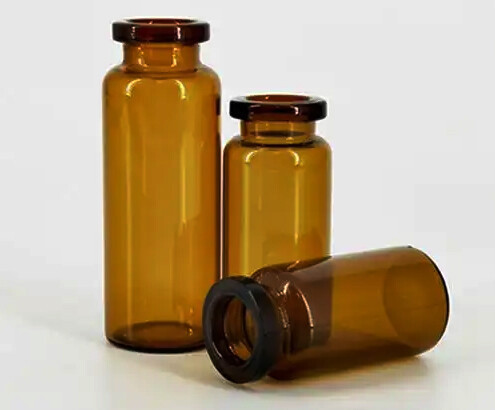
Below, the editor of Puchuang Industrial Technology will briefly introduce the equipment for testing penicillin bottles
1、 Penicillin bottle sealing tester
The sealing of penicillin bottles is an important prerequisite for ensuring the shelf life of drugs. There are several types
of penicillin bottle sealing testers developed and produced by Puchuang Industrial Technology, including:
(1) Negative pressure method penicillin bottle sealing detector
The LT-02P testing instrument for penicillin bottle sealing adopts the principle of negative pressure testing, with stable
and reliable performance. The automatic constant pressure air supply further ensures that the test can be carried out
under the preset vacuum conditions, making it suitable for pharmaceutical penicillin bottle sealing testing.
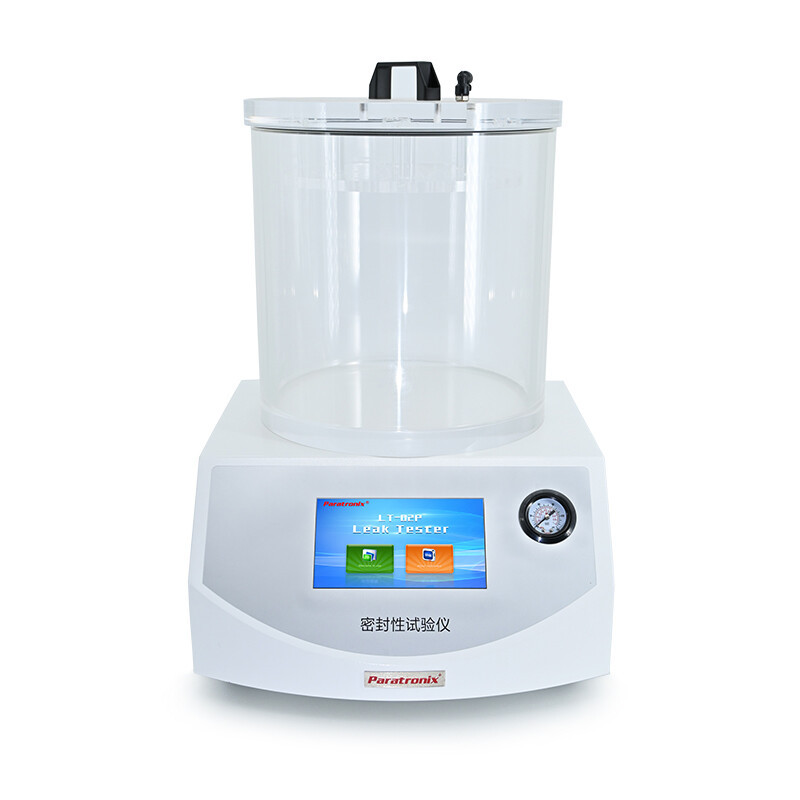
(2) Xilin bottle vacuum decay leak detector
The MLT-V100 leak detector for penicillin bottle vacuum attenuation method adopts non-destructive testing method,
using both vacuum attenuation and pressure attenuation methods, and is professionally suitable for penicillin bottle
micro leakage testing and packaging seal integrity testing.
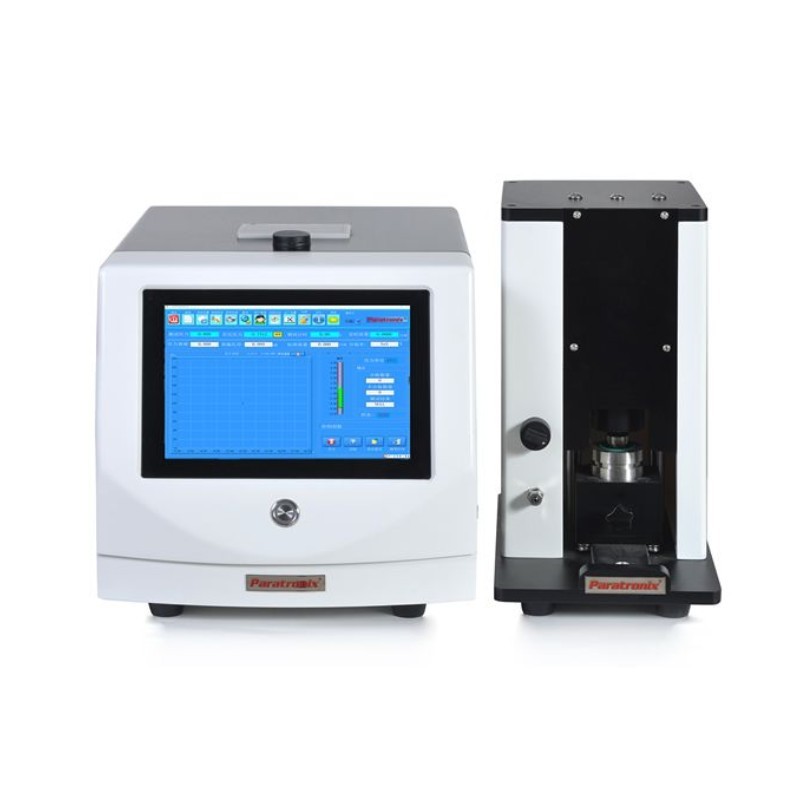
(3) Penicillin bottle microbial invasion sealing tester
The penicillin bottle microbial invasion sealing tester LT-PNP is suitable for microbial invasion sealing tests and is
widely used in penicillin bottle sealing detection.
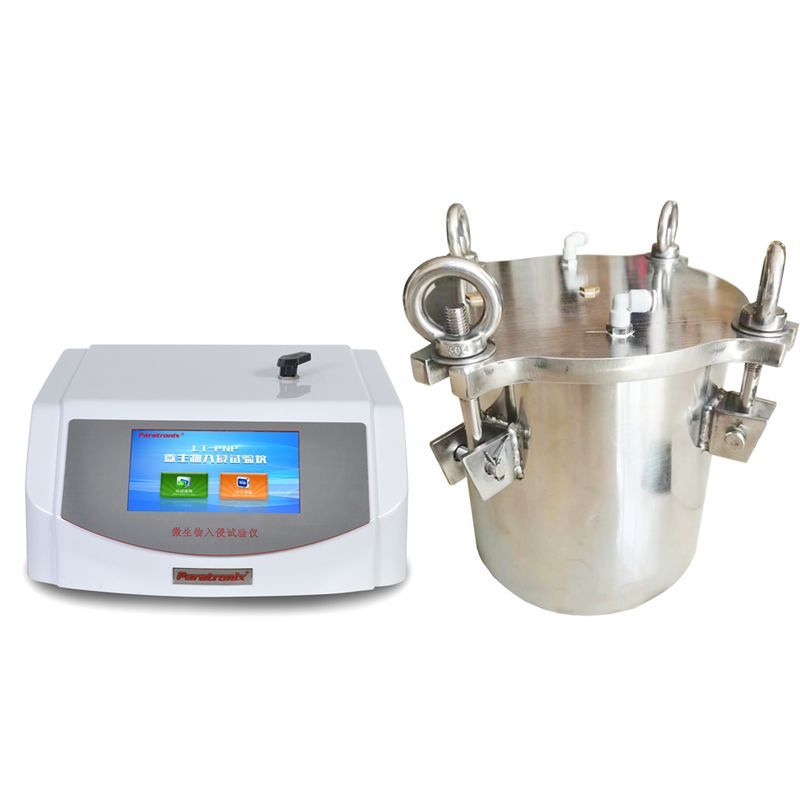
2、 Internal stress detection of pharmaceutical penicillin bottles
As is well known, there are stress residues in the annealing process of penicillin bottles. If the stress of penicillin bottles
is too concentrated at a certain point, it can also cause breakage, cracking, and bottom drop of penicillin bottles on the
production line.
The SG-03S penicillin bottle internal stress tester developed and produced by Puchuang Industrial Technology uses the
principle of polarized light interference to check the stress value of penicillin bottles. Combined with the BTG-02 penicillin
bottle bottom and wall thickness measuring instrument, it can accurately and quantitatively measure the value of internal
stress in glass.
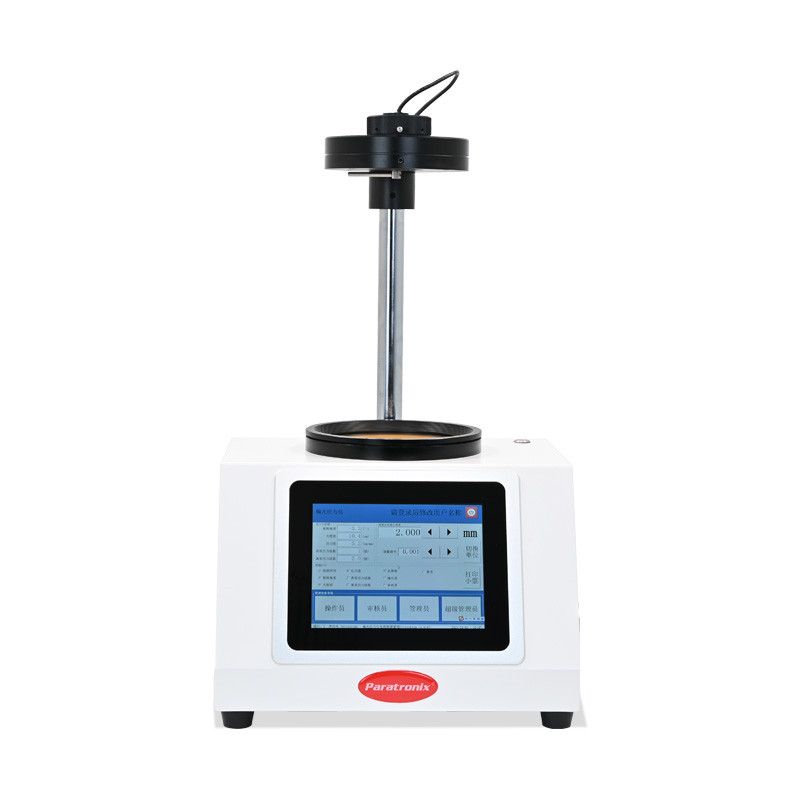
3、 Determination of vertical axis deviation of penicillin bottles
Vertical axis deviation refers to the horizontal deviation from the center of the bottle mouth to the vertical line passing
through the center of the bottle bottom. If the vertical axis deviation index of the pharmaceutical penicillin bottle is not
qualified, problems such as bottle tipping, filling deviation, and labeling deviation may occur during the filling and
labeling process.
The CRT-01E vertical axis deviation measuring instrument developed and produced by Puchuang Industrial Technology
is used to detect the vertical axis deviation of penicillin bottles.
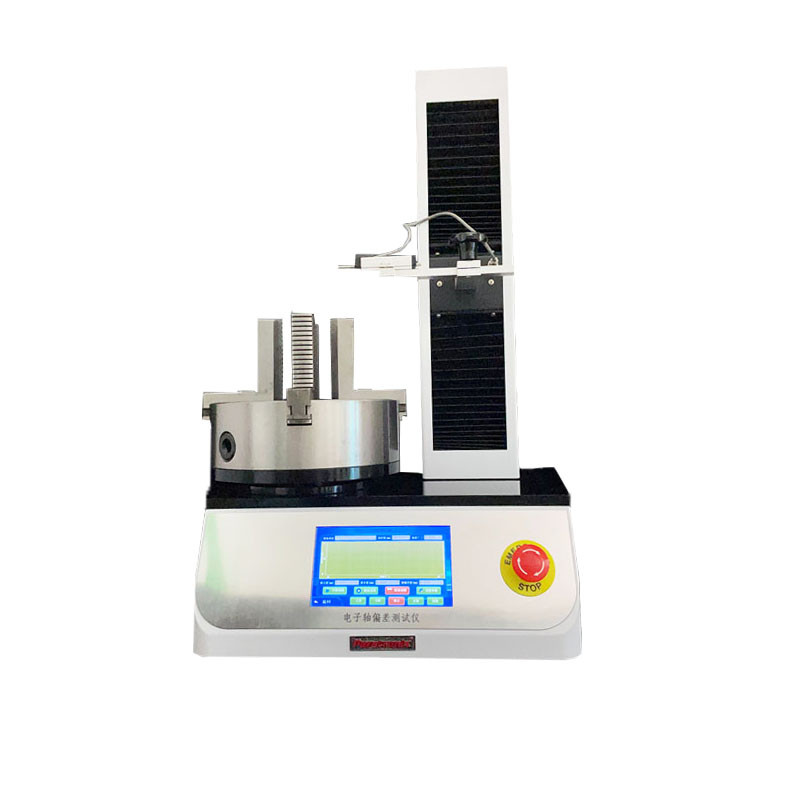
4、 Measurement of the thickness of the bottom and wall of penicillin bottles
The wall thickness and bottom thickness of pharmaceutical penicillin bottles not only affect the production cost of
penicillin bottle manufacturers, but also affect the safety of storage, transportation, and use. Therefore, the testing
of penicillin bottle wall thickness and bottom thickness is only a testing item that manufacturers pay attention to.
The BTG-02 penicillin bottle bottom and wall thickness measuring instrument produced by Puchuang Industrial
Technology is used for measuring the thickness of penicillin bottle bottom and wall, also known as penicillin bottle
wall thickness measuring instrument, etc.
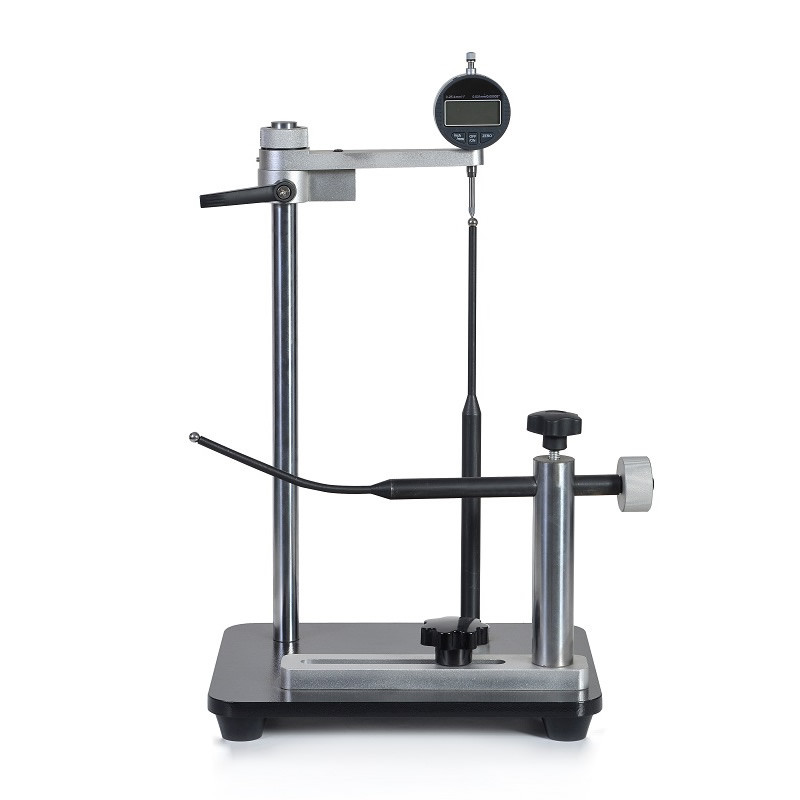
5、 Opening force test of penicillin bottle cap
The opening force of penicillin bottle caps has a significant impact on the usage process. If the opening force is large,
it will increase the difficulty of use for clinical medical staff. However, if the opening force of bottle caps is small, it will
also pose a threat to the quality of internal drugs and affect the quality of storage period.
The PNY-20A penicillin bottle cap torque tester produced by Puchuang detects the locking and opening torque values
of penicillin bottle aluminum-plastic combination caps.
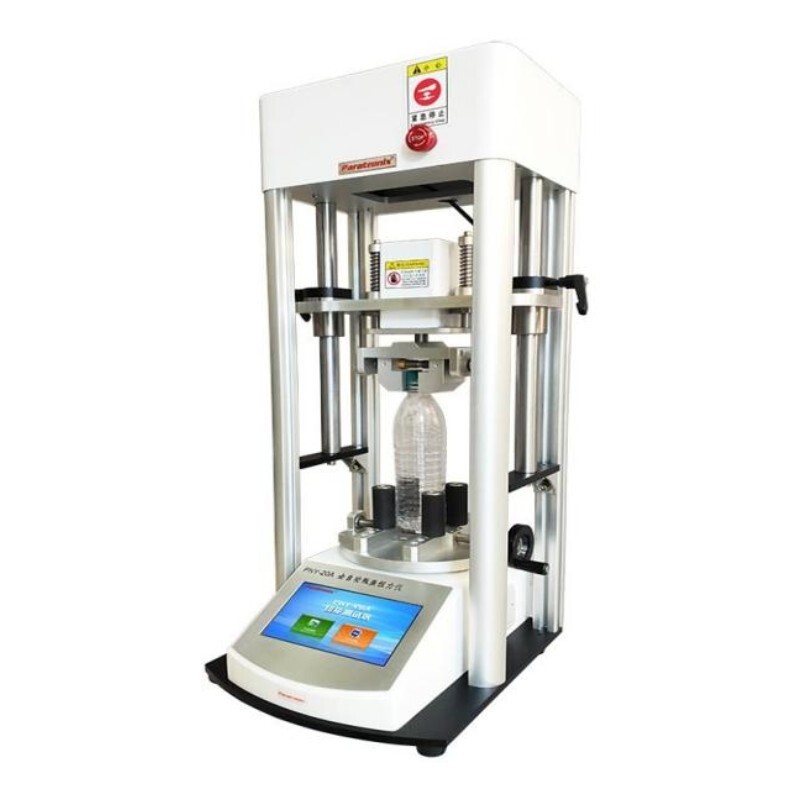
6、 Rubber plug puncture force detection
【 Puncture Force 】 Take 10 pieces of this product and measure them according to the first method of injection stopper
and gasket puncture force measurement (YBB0033204-2015). The average puncture force should not exceed 75N, and the
puncture force of each stopper should not exceed 80N. During the puncture process, there should be no stopper pushed
into the bottle.
Recommendation for rubber plug puncture force tester: Rubber plug puncture force testing machine PMT-C
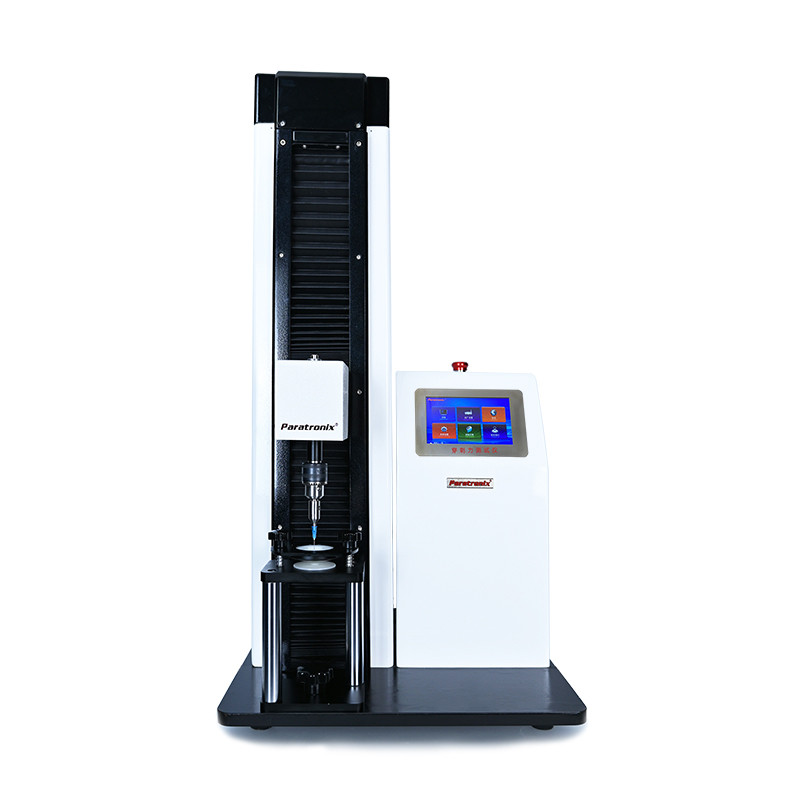
7、 121 ℃ Particle Water Resistance Test for Medicinal Penicillin Bottles
The experimental method for testing the water resistance of penicillin bottle granules shall refer to the 98 ℃ water resistance
test method for glass granules and the grading YBB0036204-2015 test, and shall comply with HGBl grade; Glass particles
should comply with Grade 1 when tested for water resistance at 121 ℃ using the YBB00252003-2015 grading method.
During the measurement process, a professional 121 ℃ particle water resistance tester is required. This testing device is
designed to test the water resistance of glass bottles, including a grinding bowl and pestle made of quenched steel, as well
as a set of stainless steel sieves (sieve B: 0.3mm, A: 0.425mm, O: 0.85mm, 0.5mm, one each)
Leave A Reply
Search by Keywords


